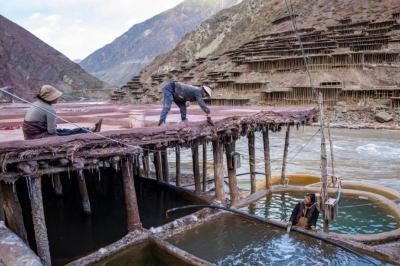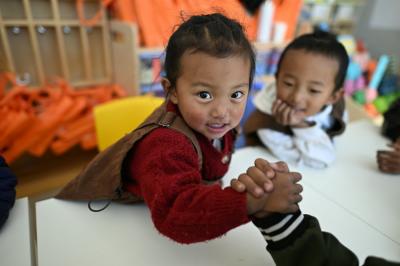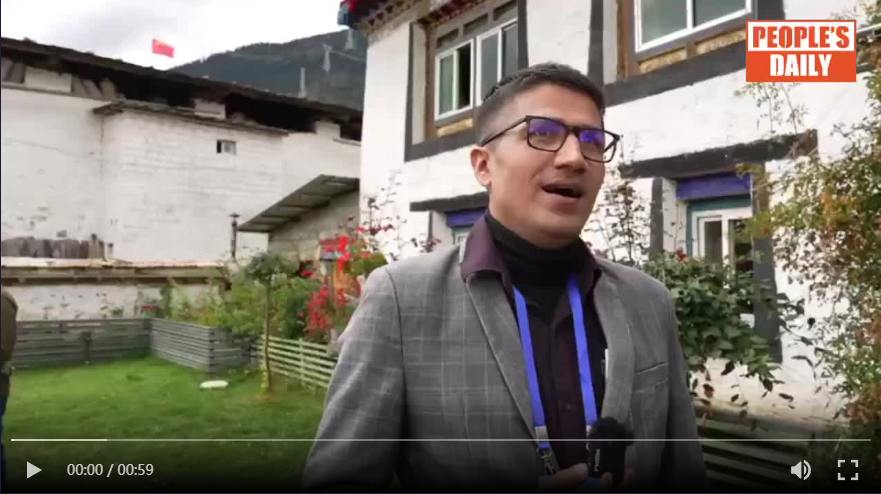Oct. 12, 2017 -- In recent years the Chinese government has continued to increase investment in education in Tibet and Tibetan-inhabited areas in Qinghai, Gansu, Sichuan and Yunnan provinces, resulting in rapid development of education in these areas. In 2015 Chinese President Xi Jinping stressed at the sixth conference on Tibet work that changing the appearance of Tibet and Tibetan-inhabited areas fundamentally depends on education. In April 2016 group education aid was officially launched. The first group of 800 teachers from 17 provinces and municipalities including Beijing, Shanghai, Hunan and others provided assistance at 20 primary and secondary schools in southwest China's Tibet. This new model has changed the previous system of short-term aid as the cycle is three years with the aim of helping Tibet build a group of high-level primary and secondary schools. As the first place to try group education aid in Tibet, education aid work achieved remarkable results in Lhasa, capital city of Tibet. Three schools in Lhasa received assistance, with 195 teachers and 21 staff from inland China being sent here to take part in the group aid, and a total of 483 million yuan (73 million US dollars) was invested. Tibet has already implemented 15 years of free education from kindergarten up to high school. School conditions in the region have improved significantly, teaching staff continue to strengthen and there has been a substantial increase in the quality of teaching. Apart from the Tibet Autonomous Region, northwest China's Qinghai Province has the largest Tibetan-inhabited area in China. Of the ten Tibetan autonomous prefectures in China, six are in Qinghai. The population of Tibetan-inhabited areas in the province is 2.1 million, accounting for 36% of the total population of the province. Since the 18th National Congress of the Communist Party of China in 2012, Qinghai has accelerated reform and development of ethnic education. Funding for education in Qinghai increased from 15.532 billion yuan (2.358 billion US dollars) in 2011 to 21.679 billion yuan (3.291 billion US dollars) in 2016, an increase of 39.6%. Since the "Twelfth Five-Year Plan" (2011-2015), 25.76 billion yuan (3.91 billion US dollars) of funds have been invested in education projects. 1,499 kindergartens including bilingual kindergartens and kindergartens in farmland and pasturing areas have been built; 1,189 schools have been newly-built or renovated; and student nutrition improvement plans have been implemented in poverty-stricken counties. Starting from 2016, 15 years of free education has been introduced for all students in the six prefectures, with an investment of 1.79 billion yuan (0.27 billion US dollars), benefiting more than 800,000 students from various ethnic groups. |
- Home
- News Tibet |Exclusive |China |World |Related News |Latest
- Documents White Papers |Others
- Photo Politics |Economy & Society |Culture & Religion |Human & Nature |Beautiful Tibet |Other Tibetan-Inhabited Area |Exchanges |Related
- Video News |Documentary |Micro-Video |Entertainment
- Art
- Tourism
- In Focus
- About Tibet






